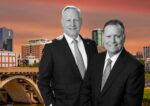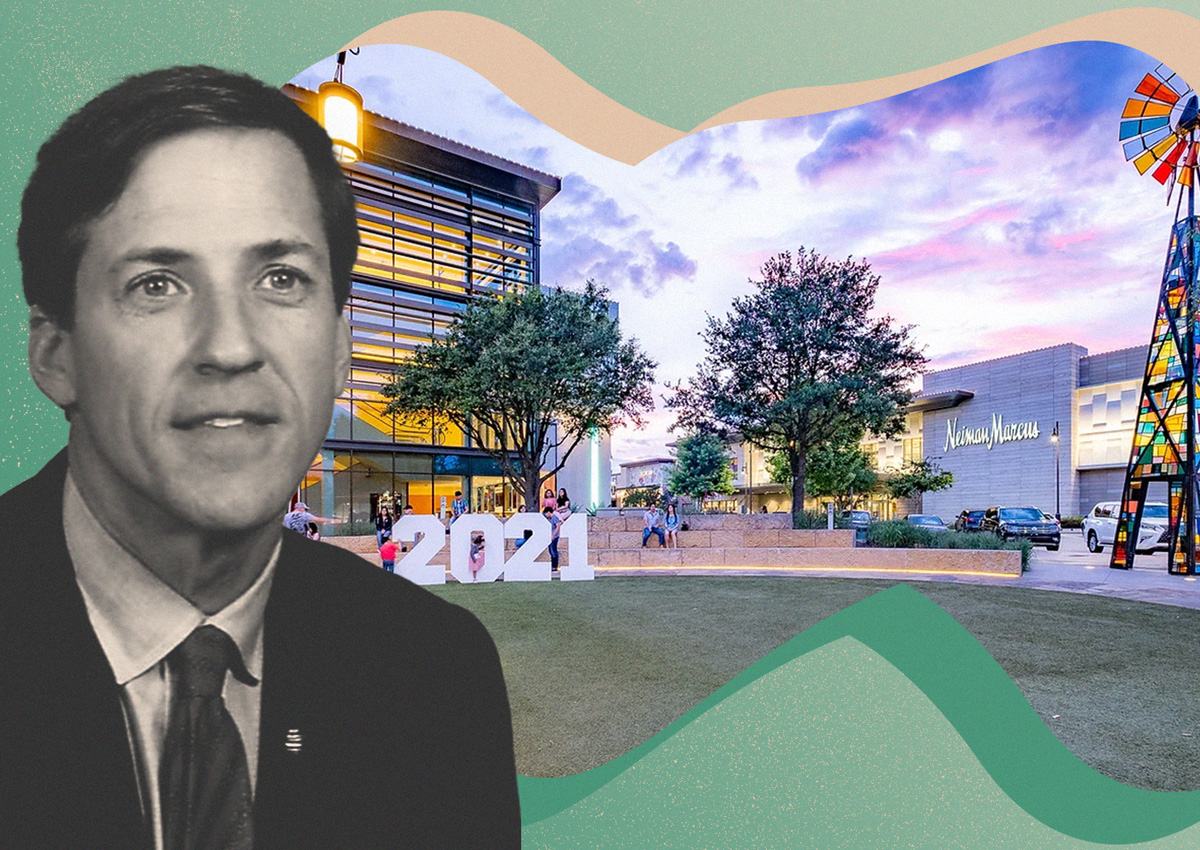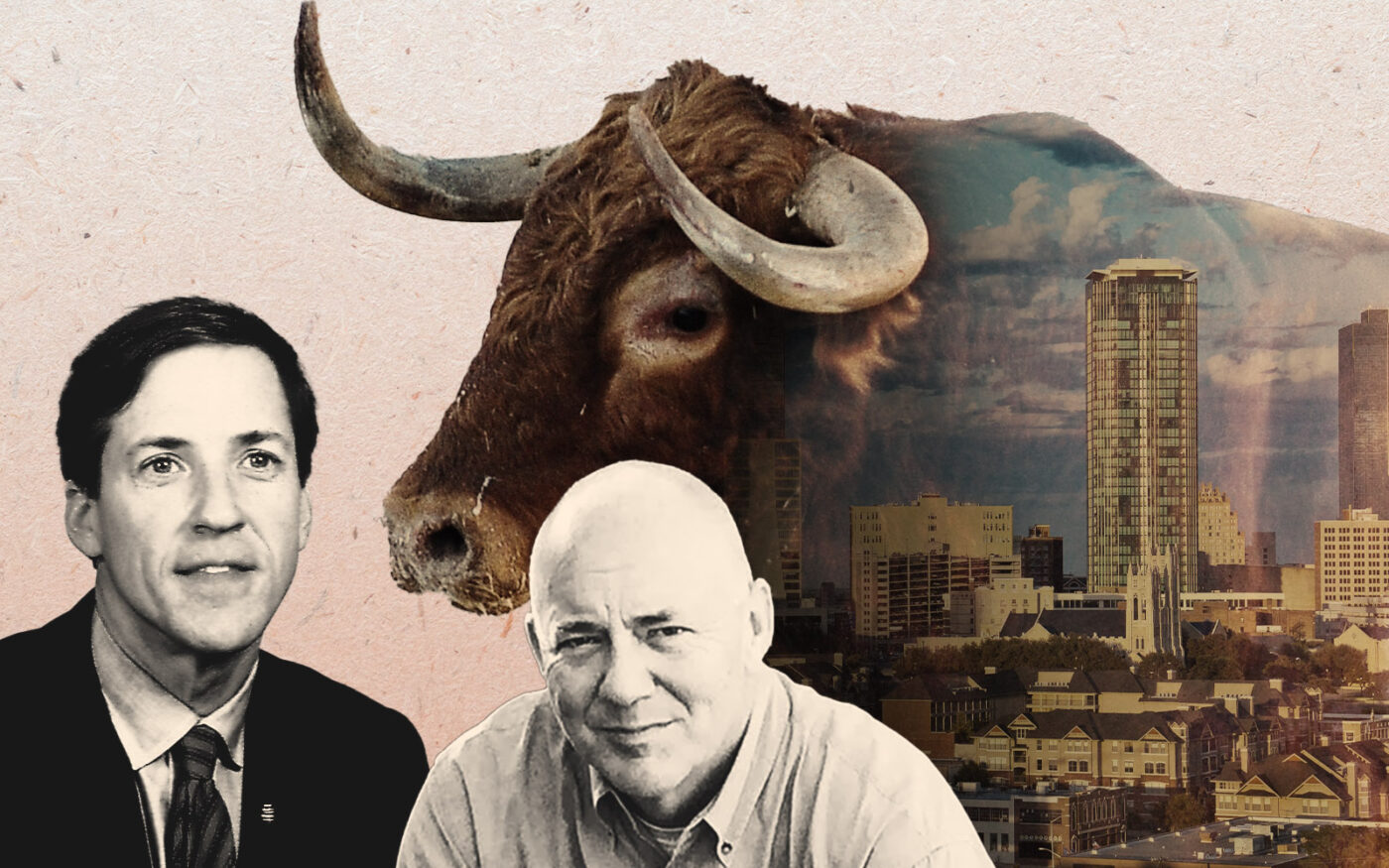Fort Worth may be on the same trajectory Austin was on 15 years ago. But Cowtown’s growth will have its own flavor if local names in real estate have anything to say about it.
“This is the best place to live in Texas. I don’t need to live in Austin to be cool,” Institutional Property Advisors’ Drew Kile said during the Real Estate Council of Greater Fort Worth’s annual forecast, at Texas Christian University on Thursday.
The jabs at sprawling Texas municipalities didn’t end there.
“Have you guys been to Frisco lately? What the hell is that?” Trinity Works President Isaac Manning asked during one panel.
The room – which rolled about 600 deep – was bullish on Fort Worth. Here’s why.
The secret sauce
Did you know that development didn’t spread north of Fort Worth until cattle operations ceased in the Stockyards? That’s because winds from the south used to circulate the stench of animals, alluded Mike Berry, president of Perot-owned Hillwood.
Cowtown’s Western roots are baked into the city, the panelists explained. They waxed nostalgic about the fact that Fort Worth originated from a few dozen well-known ranching families who still see themselves as stewards of the growing city.
Take Clearfork.
The seeds of that upscale community were planted by the ancestor of panelist Crawford Edwards more than 150 years ago. He settled on the banks of the Clear Fork of the Trinity River, drawn to the area’s abundant timber and prairieland perfect for raising cattle.
According to Edwards, Fort Worth’s heritage is what sets it apart from other cities. He described the growth of Austin and Nashville as “unmanageable.”
“We want to sustain growth so we avoid the pitfall of growing too fast and losing the authenticity, heritage and friendliness of Fort Worth,” Edwards said.
Plus, it’s still cheaper to live here.
The difference in expense between renting and owning in Dallas-Fort Worth is $1,900, Kile said. It’s $2,600 in Austin. (Though, three years ago, that delta was only $1,000 in DFW.)
The fundamentals
Last year marked a drastic drop in commercial leasing transactions, said Cannon Camp of JLL. The number of deals was down 30 percent.
But there’s a bright side. In the same period, revenue per deal spiked 50 percent.
“What that tells me is that tenants are being a little more methodical,” Camp said.
On the multifamily front, it’s “impossible to get projects capitalized right now,” but Kile expects the rent plateau to let up this year. He’s projecting positive rent growth of up to 3 percent.
Multifamily occupancy dropped to 92.6 percent in 2023, and “we think that’s the bottom,” he said.
Downtown Cowtown
There’s light at the end of the tunnel, the event’s speakers agreed. It’s already starting to illuminate downtown.
Central business districts may be in rough shape in other metros, but for Fort Worth, it’s the locus of some of the city’s most exciting development.
You’ve got Deco 969, the 27-story luxury community that rose on Commerce Street. There’s “Aggieland North,” the $250 million research campus Texas A&M is building. It’s slated to open in 2025.
Of course Hillwood is getting in on the action.
The Perot-owned company behind the decades of development at Alliance recently purchased a full city block downtown. The property is bounded by Sixth and Seventh Streets to the north and south and Calhoun and Jones Streets to the east and west.
When asked about Hillwood’s plans for the purchase, Mike Berry didn’t get into specifics. Residential, rather than office, will drive downtown, he said. And a hotel is not out of the question.
“All of those are on the table. We’re just watching right now,” he said.
Read more



